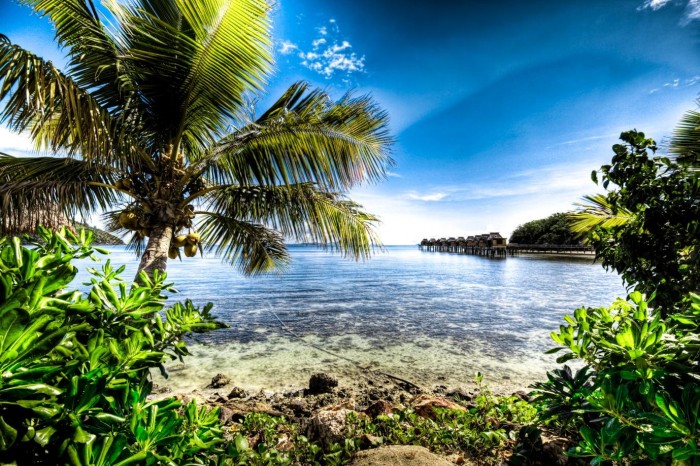 Image credit: Adam Selwood
Image credit: Adam Selwood
It is not a good time to be a trending summer paradise getaway; one year you are earning rave reviews from sun-chasers and being on the lips of many an excited tourist, the next you have been unceremoniously usurped by the next big thing. It did not seem too long ago when Maldives was the all-in-one — exotic, sun-kissed, flavourful, and romantic. I stopped asking newlyweds where they would be going for their honeymoons; consecutive same answers bored me to tears. Then Fiji came along.
The two countries are similar on many fronts, almost like parallels separated by two continents. Geographically, Fiji, like Maldives, is a group collective of scattered islands. While the 26 Maldivian atolls are spread across approximately 90,000 square kilometres, Fiji’s 333 islands occupy an enormous 194,000 square kilometres. While it would seem crazy to actually cover the entire Fijian boundary, it does mean that there is more flexibility when setting out on your water adventures, motorised (multi-day cruises, sail ships, and charter boats) or organic (your reliable two legs, trusty kayaks, and basically any watercraft that utilises wind, and oar/paddle power).
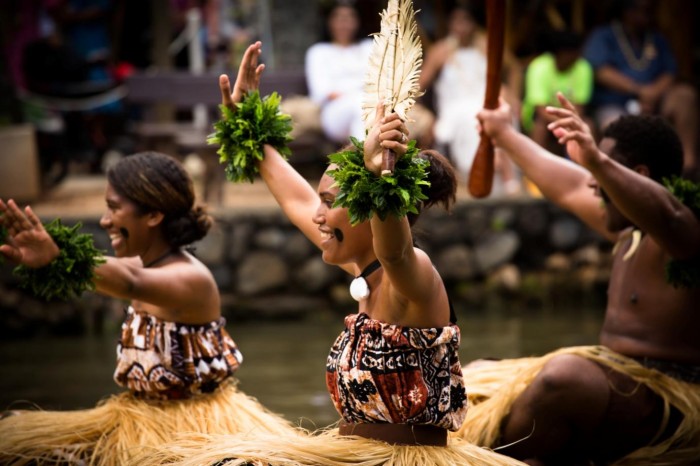 Image credit: Johnny Silvercloud
Image credit: Johnny Silvercloud
Each group of islands also represent the different characteristics, and even the different eras throughout Fijian history. For instance, the Lau group of islands that sits on Fiji’s Far East is home to carefree locals who have, for generations, resisted colonial influence, staying true to authentic, deep-rooted Fijian culture; they are adept in crafts like wood carving and masi paintings. Should you wish to move up the timeline, Ovalau Island and Levuka — the latter being Fiji’s first capital — await; they offer insightful glimpses at life during British colonial rule. Did you know that the Fijian Indians you see today are descendants of the Indian slaves that were brought to the shores by their British masters?
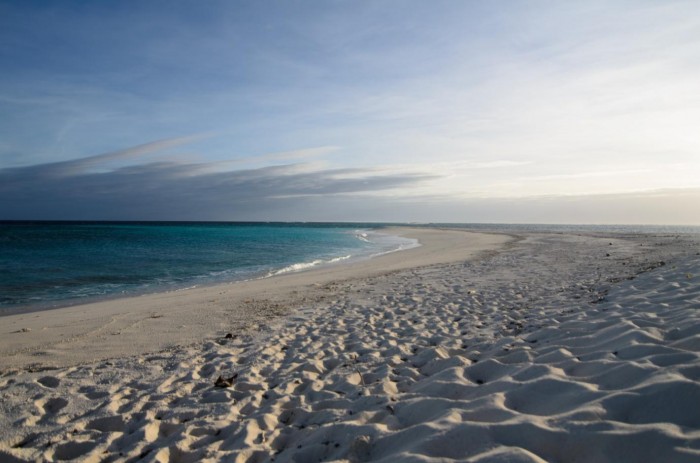 Image credit: Jason Baker
Image credit: Jason Baker
Then, there are uninhabited islands in all their unspoilt grandeur. If you are someone looking to spend your Fijian days in calming recluse, traverse clear, deep turquoise waters en route to Mamanuca, a group of islands rich in coral reef, lagoons, and white sand beaches reminiscent of the Maldivian trips of old.
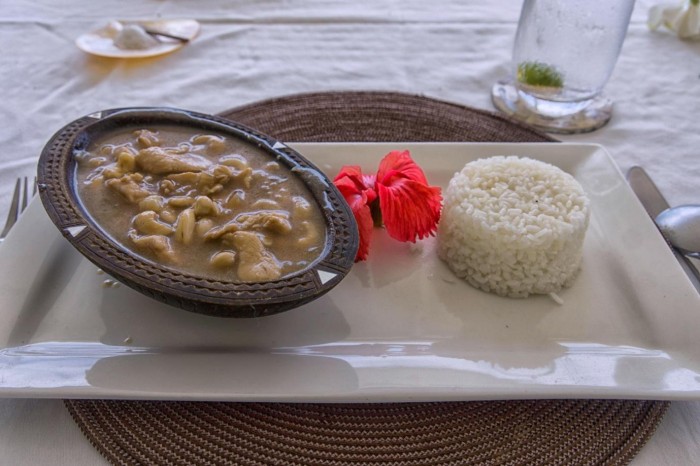 Image credit: Arnie Papp
Image credit: Arnie Papp
When you think of tropical islands surrounded by large swathes of sea, you think about coconuts, versatile thirst quenchers; and you think about the abundance of fish and other assortments of seafood. These are the mainstays of both Maldivian and Fijian cuisine, along with farm-grown produce like taro and tapioca. With the inclusion of an Indian spice palate, thick, fragrant curries are also widely embraced. If you are already a fan of Singaporean Indian curry, fret not, you are never too far away from a hearty (and probably better tasting) curry dish.
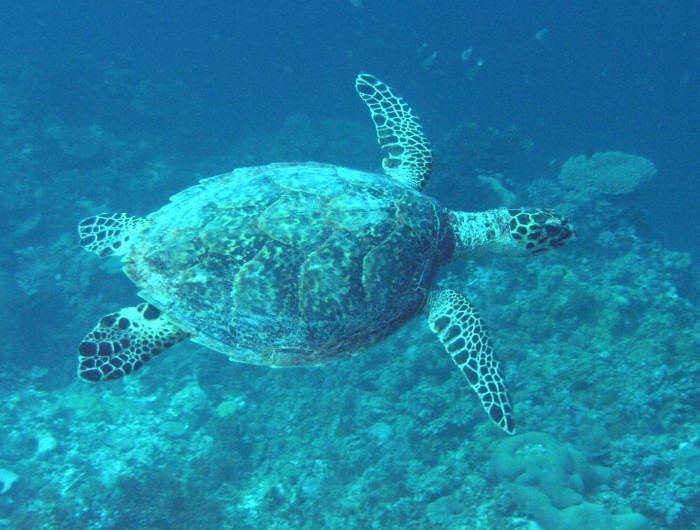 Image credit: Julie Bedford
Image credit: Julie Bedford
Fiji is also well-known for its abundance of wildlife, both land and sea. Strategically seated on the South Pacific Ocean, you will have the opportunity to witness rare, up-close visuals of migrating humpback whales jumping around in surprising elegance (from June to October), pods of spinner dolphins, and five of the world’s seven sea turtle species. Overland, indigenous iguanas roam deep jungles found on some islands, along with over 160 species of bird, and other curious creepy crawlies. Guided eco-tours to places like Sigatoka Sand Dunes and Navala are aplenty; we could all use that extra trained pair of eyes for some fauna spotting.
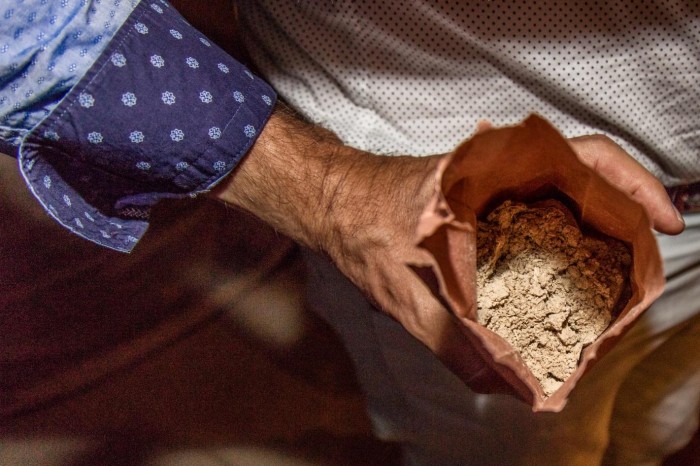 Kava Root | Image credit: Arnie Papp
Kava Root | Image credit: Arnie Papp
If you would like to take a piece of Fiji back home with you, perhaps a stroll through supermarkets laden with local produce, duty-free outlets, and quaint shops will yield a memorabilia or two that will hopefully not be stowed away in a corner of your drawer a few years from now. This is a great opportunity to support the local community selling handicrafts like tapa cloths, woven baskets, and kava root to recreate the traditional kava drink. Be on the lookout for ‘Fijian Made’ stamps on authentic products.
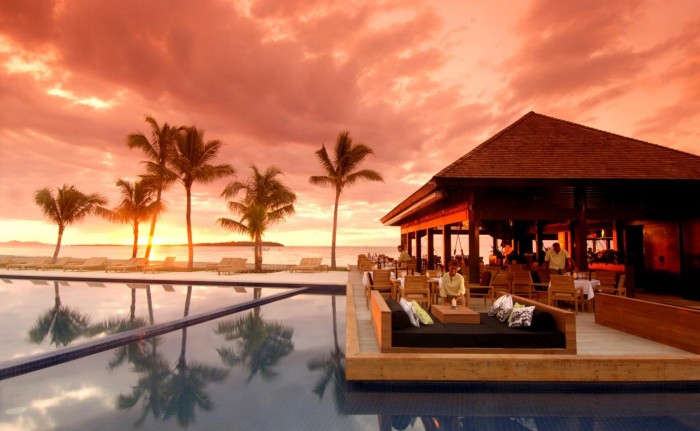 Image credit: Roderick Eime
Image credit: Roderick Eime
All manner of activities aside, accommodation has to remain one of the most anticipated stops on your itinerary. What summer escape is complete without a relaxing experience in a resort with views — and teasing access — to the boundless Pacific horizon? As Fiji is a relatively isolated nation, you will most likely have an unobstructed view of its surroundings. Let the evening breeze lull you as you soak your aching body from a day of activities in an infinity pool.
The irony is that the Fijian tourism boom really only kicked off because of its conviction to open the doors of the rest of the world to its inhabitants. Fiji Airways now offer direct flights to its closest neighbours like South Korea, Hong Kong, Australia, and they are also the only airline that takes eager Singaporeans from one sunny island to another.
Also Read: Fiji: An Exotic Beach Paradise that You Need to Visit Now
Fiji recently made the news for scoring a historic Olympic gold medal in rugby, and then extending its celebration by declaring a national holiday in honour of the achievement. The Fijians are elated, the economy is growing, and their beloved country is firmly on the map; it is a great time to spread the Fijian joy around.






